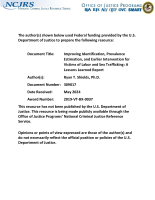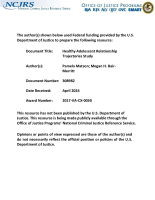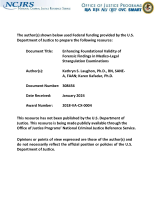Exploring Factors Associated with Intimate Partner Violence Survivors’ Use of Financial Safety Planning Strategies
Journal
Violence Against Women
Date Published
2022
Agencies
NIJ-Sponsored
Publication Type
Research (Applied/Empirical)





